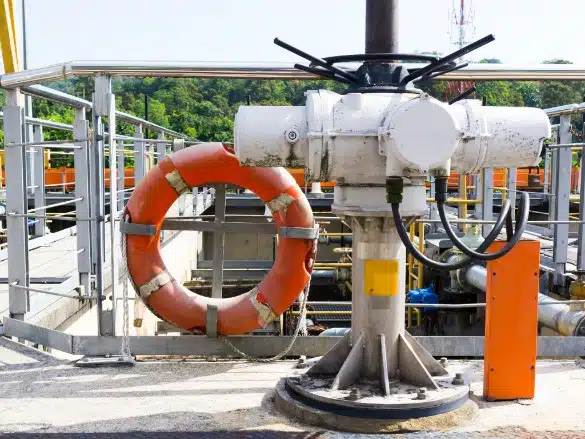Automation is quickly becoming a major factor in industrial engineering, with many advances being made in the field every day. Automated processes can help streamline operations, reduce labor costs, and improve safety conditions for workers.

For example, robotic arms can be used to complete assembly tasks with precision and accuracy that human workers cannot achieve. Automated systems can also be used to monitor and control production lines, which helps maintain consistent quality across multiple products. Additionally, automation tools are becoming increasingly important when it comes to collecting data from sensors and monitoring equipment, as this allows engineers to track changes and make adjustments more quickly than ever before.
However, while automation can bring significant improvements in efficiency and safety, there are some drawbacks that need to be taken into consideration when implementing such technologies. For one thing, automated systems may require more initial investment than hiring human workers. Moreover, they may not be able to account for unexpected errors or unforeseen circumstances as effectively as people would. Additionally, if not monitored properly, automated systems may fail to identify potential problems before they become larger issues that require manual intervention.
Overall, while industrial automation can provide numerous benefits for businesses of all sizes, it is important to understand the associated risks and carefully assess the pros and cons of any particular implementation strategy before moving forward.





